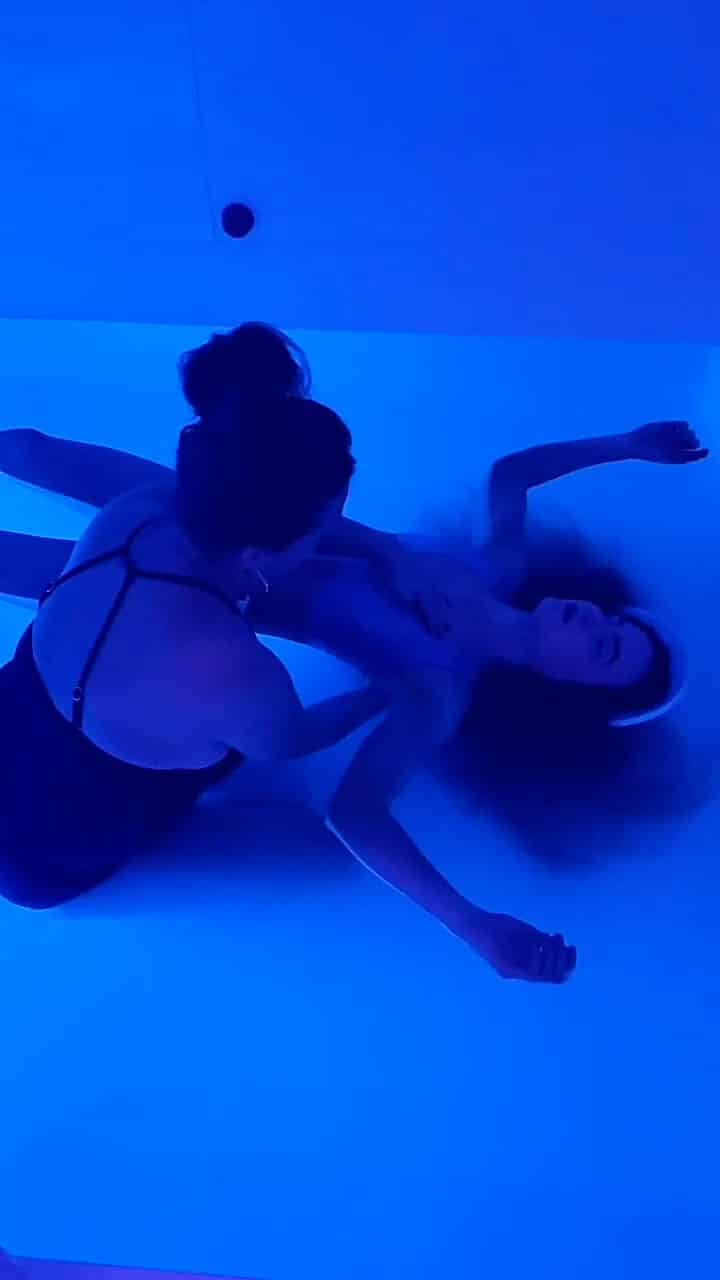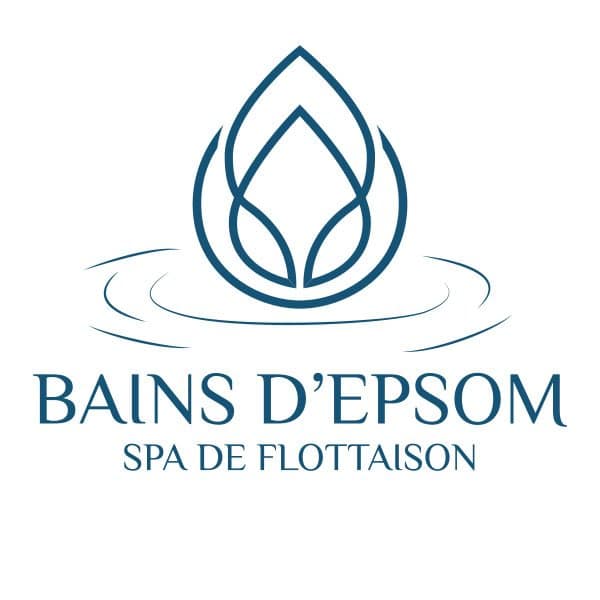The next evolution in deep relaxation
There’s something extraordinary that happens when touch meets stillness. Imagine floating weightlessly in warm, body-temperature water as every sense begins to quieten — and, instead of complete solitude, a therapist’s hands gentle guide slow movements that deepen your state of calm.
This is the newest direction in floatation therapy — where massage and floating meet in perfect harmony.
What is massage during floatation therapy?
Massage during floatation therapy is a form of bodywork performed while the client floats in warm, buoyant water. A trained therapist uses slow, flowing movements, gentle stretches, and light touch to release tension and promote profound relaxation — all within the calm, weightless environment of a float room or open pool.
It’s an emerging practice that blends the sensory stillness of floating with the mindful, restorative qualities of massage.
At Ocean Float Rooms, we’ve begun to see this evolution first-hand — float centres and spas discovering new ways to merge these two therapies into one seamless experience. As suppliers of float rooms and double float rooms, we wanted to understand what’s driving this trend, and how it’s shaping the next chapter of floatation therapy. So, let’s take a closer look.
What you’ll discover in this article
- The traditional float and massage experience
- Why float and massage work so well together
- Massage during floatation therapy: The emerging model
- Why space and room design matter
- Shared floating experiences and therapist-led sessions
- The future of massage during floatation therapy
- How float centres can offer massage during floatation therapy
The traditional float and massage experience
Floating and massage have always shared the same language. Both invite stillness. Both help us let go. In many float centres, the two therapies have long been offered together as a sequential experience — float first, then massage (or vice versa). It’s a simple pairing, but an incredibly effective one.
When a client floats before a massage, their muscles are already relaxed, the mind is quiet, and their body is more responsive to touch. When massage comes first, it helps the them unwind enough to surrender completely to the weightlessness that follows.
Floating and massage have always shared the same language. Both invite stillness. Both help us let go.
Either way, the combination deepens the effect of both — something every float centre owner recognises when they see clients leave the room with that unmistakable post-float glow.
Why float and massage work so well together
This sequential model has become a cornerstone offering for wellness centres worldwide. It fits easily into existing schedules, doesn’t require extra training, and creates a memorable “float + massage” journey that clients love.
It’s also deeply rooted in science. Floating lowers stress hormones and quiets the nervous system. Massage supports circulation, loosens fascia, and releases muscular tension. When paired, each therapy amplifies the other — leading to deeper, longer-lasting relaxation, better sleep, and faster recovery.
So it’s no surprise that, for many years, this has been the standard model for combining floating and massage.
Massage during floatation therapy: The emerging model
Recently, something new has begun to surface — a way of bringing massage and floatation together in the same moment.
In this concurrent model, the client floats weightlessly in warm, body-temperature water while a therapist moves and supports them through slow, mindful stretches and gentle touch. The buoyancy of the water removes almost all pressure, allowing movements to flow effortlessly.
The result is something entirely different — a therapy that feels like drifting through water and space at once. Clients often describe it as meditative, nurturing, and deeply connective.
While still new, this approach is gaining attention across the wellness world. It draws inspiration from aquatic bodywork practices such as Watsu® and hydrotherapy, yet brings those same principles into the still, silent world of floatation.


Why space and room design matter for In-Water Massage
Massage during floatation therapy isn’t easy, or even possible in small tanks or pods. It relies on a sense of unrestricted space, a float environment large enough for both client and therapist to move freely and safely.
That’s why many early adopters are turning to double float rooms, or in some cases, open pools, to create the right conditions for guided in-water sessions. With ample space, comfortable or straightforward entry, and quiet, light-controlled surroundings, these environments allow both client and therapist to move freely and confidently.
At Ocean Float Rooms, several of our clients are already exploring this combined approach — using their double rooms not only for couples or luxury single floats, but also for therapist-led sessions, including counselling, or overcoming addictions (when the float rooms have 2-way intercom), and now In-Water-Massage. that bring a new dimension to relaxation.
This is where the future of floating may be heading, where stillness and deep rest become part of an exciting new therapy.
The future of massage during floatation therapy
As more float centres experiment with this concurrent model, we’re beginning to see what may become the next evolution in floatation therapy.
It’s not about replacing the traditional float, but enriching it — offering clients new ways to relax, heal, and explore their connection with water, sensory rest, and the self.
The float industry has always been shaped by innovation, from the shift from pods to rooms, to user friendly features such as the introduction of mood lighting, floater-controlled music and audio, and open designs. Massage during floatation therapy may simply be the next expression of that same creative spirit.
How float centres can offer massage during floatation therapy
Whether you continue offering float and massage separately or begin exploring in-water bodywork, the key is creating an environment where your clients feel safe, spacious, supported and have space to relax (Space to just BE. Space to expand and breath).
That’s where room design makes all the difference. Spacious layouts, easy entry, and calm lighting — all hallmarks of Ocean Float Rooms — are what make these new experiences possible.
If you’d like to see how centres are already integrating this approach, explore our Double Float Room — a versatile environment designed for flexibility, accessibility, and innovation.
Finding Calm in Motion
At its heart, this is about something simple: helping people relax more deeply. Whether through stillness, movement, or the gentle rhythm of touch in water — the goal is the same.
To find calm. To feel weightless. To let go.
Images
- Blog Image: From @bainsdepsom Instagram Feed.



